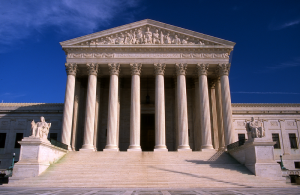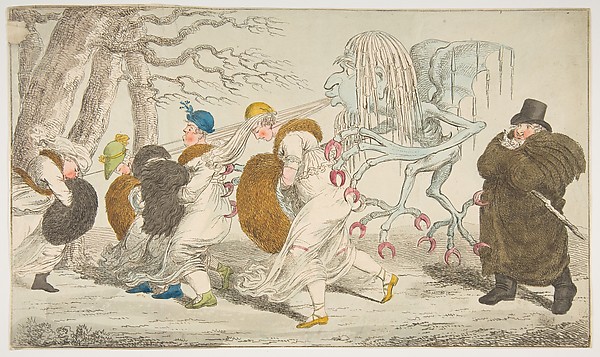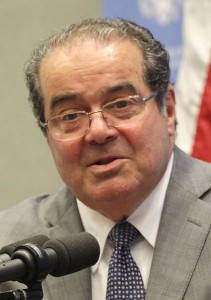The United States Court of Appeals for the Second Circuit has ruled on a NYC Regulation requiring disclosure to parents about the possible adverse health consequences of “oral suction” circumcision.
Reversing the district judge’s decision rendered more than 18 months ago, the Second Circuit’s opinion in Central Rabbinical Congress v. NYC Department of Health & Mental Hygiene holds that the NYC regulation targeted at a certain circumcision practice is essentially one that as targeted at a certain religion and thus merits strict scrutiny under the First Amendment’s Free Exercise Clause.
The NYC regulation, §181.21, amended the NYC Health Code, by requiring specific consent and a warning for “oral suction” circumcision. The unanimous panel, in an opinion authored by Judge Debra Ann Livingston, disagreed with the district judge and found that the regulation was not a neutral and generally applicable law.
The opening of the court’s opinion gives a good preview of the court’s perspective:
In Judaism, the “bris milah,” or ritual circumcision of infants, which has been practiced for millennia, celebrates a covenant with God and“derives explicitly from a commandment . . . in the Hebrew Bible.” 11 Encyclopedia of Religion, “Rites of Passage: Jewish Rites,” at 7818 (2d ed. 2005). As part of this ritual circumcision, some Orthodox Jews, particularly Satmar, Bobov, Lubavitch, and other Hasidic groups, perform direct oral suction of the circumcision wound in a ritual act known as metzitzah b’peh (“metzitzah b’peh” or “MBP”).
Relying on Church of the Lukumi Babalu Aye, Inc. v. City of Hialeah, 508 U.S. 520 (1993), the court reaches the conclusion that the
Regulation is not neutral because it purposefully and exclusively targets a religious practice for special burdens. And at least at this preliminary stage, the Regulation is not generally applicable either, because it is underinclusive in relation to its asserted secular goals: the Regulation pertains to religious conduct associated with a small percentage of HSV infection cases among infants, while leaving secular conduct associated with a larger percentage of such infection unaddressed.
Indeed, the court held that the question of whether the NYC Regulation singles out a specific religious practice is “simpler to address” than was true in Lukumi “in light of the Department’s own admission that metzitzah b’peh ‘prompted’ § 181.21 and that metzitzah b’peh is ‘the only presently known conduct’ covered by the Regulation.”
The court notes that “the conclusion that the Regulation is subject to strict scrutiny does not mean that § 181.21 is constitutionally deficient, for strict scrutiny is not invariably fatal in the context of free exercise claims.”
The Department has asserted interests that are substantial and may prove, on analysis, to be compelling. And the means it has chosen to address these interests (means that fall short of outright prohibition of MBP and that may further the goal of informed parental consent) may be appropriately tailored, albeit intrusive on a longstanding religious ritual. Mindful of the serious interests at stake on both sides, we express no view as to whether the plaintiffs have borne their burden of establishing a likelihood of success on the merits.
The court remanded, but denied the request for a stay of the enforcement of the regulation. The district judge’s original 93 page order and opinion was largely devoted to the empirical evidence regarding the health effects of the practice; it looks as if she will be hearing the evidence on those very issues, but applying a heightened standard.
 And – – – more importantly – – – it creates a “circuit split” making the possibility that the United States Supreme Court will accept discretionary review much more likely.
And – – – more importantly – – – it creates a “circuit split” making the possibility that the United States Supreme Court will accept discretionary review much more likely.







